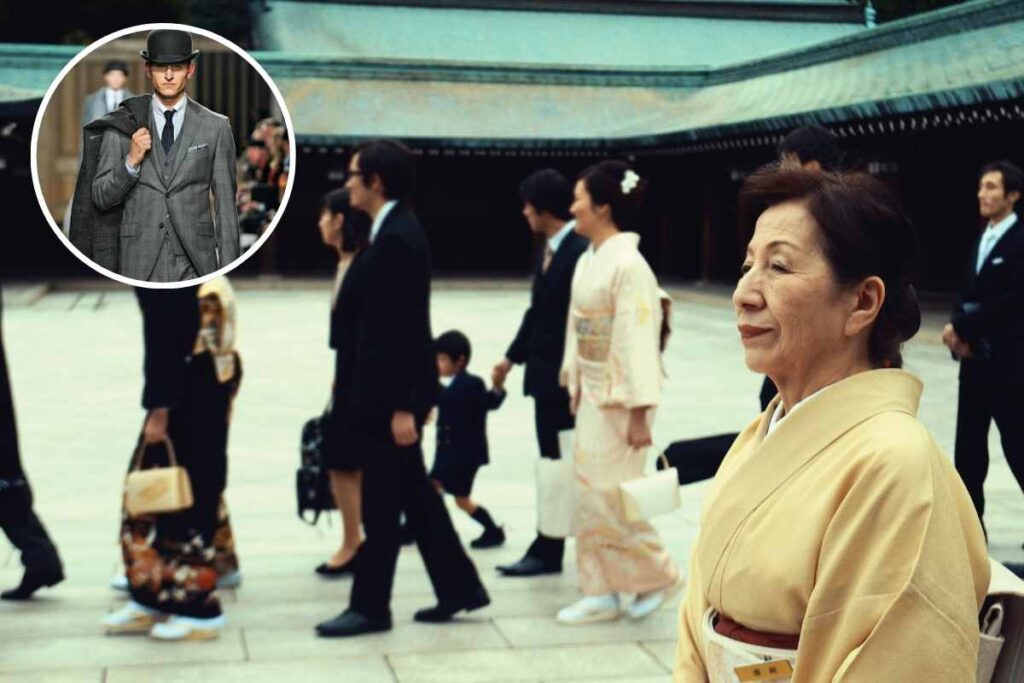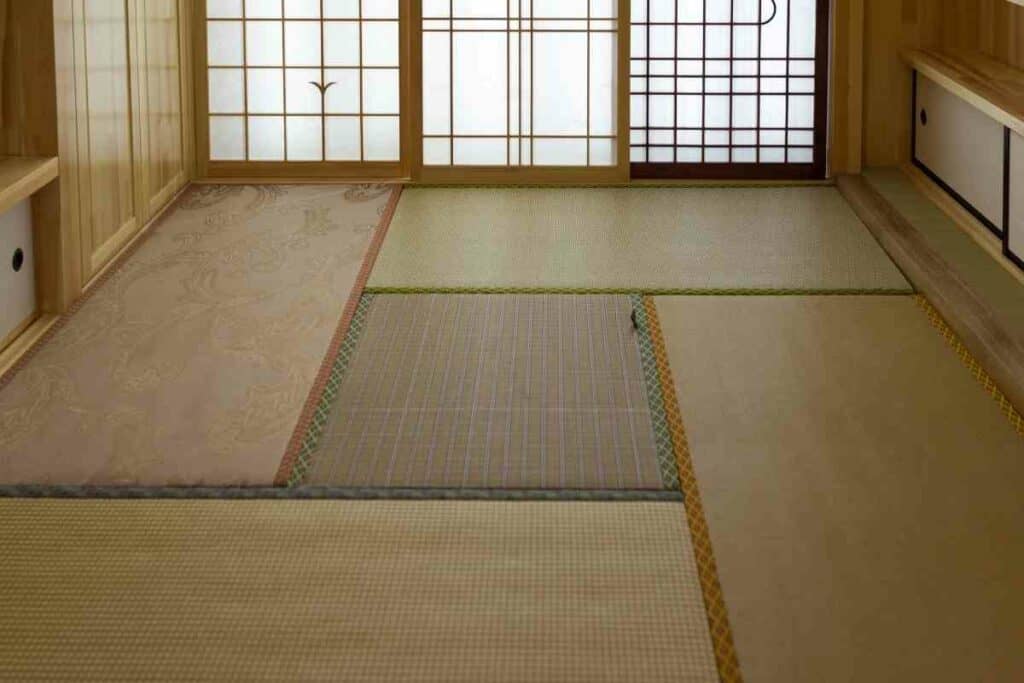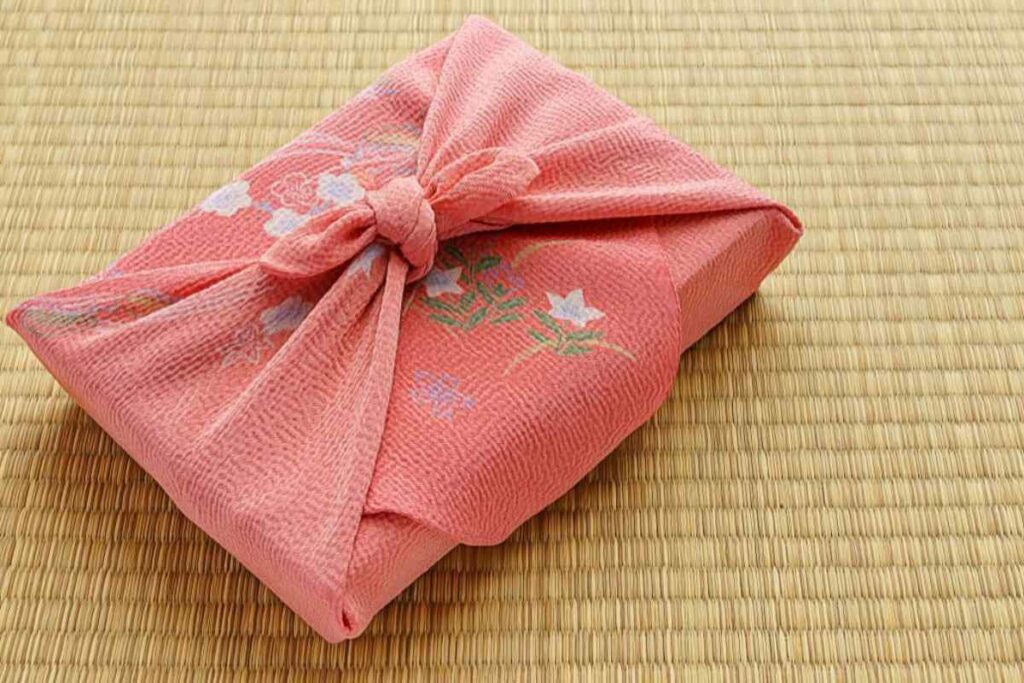Also known as red-ball earth, akadama soil is a clay-like granular mineral used to grow bonsai trees and other potted plants. Akadama is naturally occurring and is mined in various places in Japan. It is light brown, which explains its name, ‘redball earth.’
Once mined, akadama soil is sifted immediately and packaged in different sizes.
There are different grades of the soil depending on the depth from which they are mined.
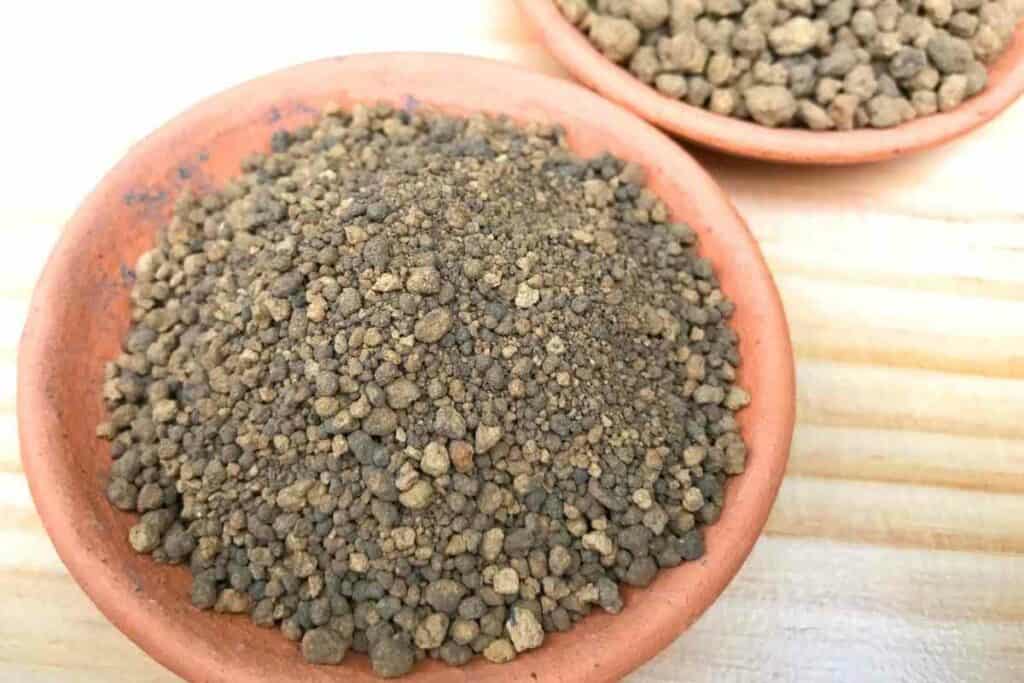
Those mined from deep in the earth tend to be hard and better-suited for horticulture than the akadama mined in shallow areas.
What to Expect – Read on to learn more about akadama soil, what it is made of, its origin, and how to use it. We shall also explore the advantages and the downsides of using akadama soil for bonsai trees, succulents, and cactus.
[lasso type=”table” id=”8″ link_id=”6378″]
Table of Contents
What Is the Origin of Akadama Soil?
Akadama soil hails from Japan.
It is a result of the volcanic action of Mt. Fuji, which has occurred over hundreds of years.
When an eruption occurs, rocks and pumice tend to accumulate in the vicinity of the volcano.
Akadama and kanuma soils are among the products of the volcanic eruption.
Thus, akadama is primarily found in Japan, especially in the areas around Mt. Fuji.
Some companies have taken up the business of mining, packaging, and supplying akadama.
Kanuma city, especially, is known to be a major source of akadama-tuchi. The city is in Tochigi, which is only a few miles from Tokyo.
The soil is supplied in packages.
What Are the Components of Akadama?
As aforementioned, akadama is light brown in color, and this is in a big part because of its components.
It is majorly made of oxygen compounds such as:
- silicon oxide
- calcium oxide
- magnesium oxide
- manganese oxide
- iron oxide
- and aluminum oxide
The soil has a pH of 6.9, rendering it almost neutral. This pH level is perfect for plants’ growth, development, and survival.
In addition, akadama has a conductivity of 0.052 ms/cm.
How Is Akadama Soil Used?
Akadama is mostly used in the growing of potted plants, specifically bonsai trees, and succulents.
It can be used alone or in a mix with other soil substrates such as pumice, peat moss, bark, lava rock to make better quality soil for the growth of the various plants.
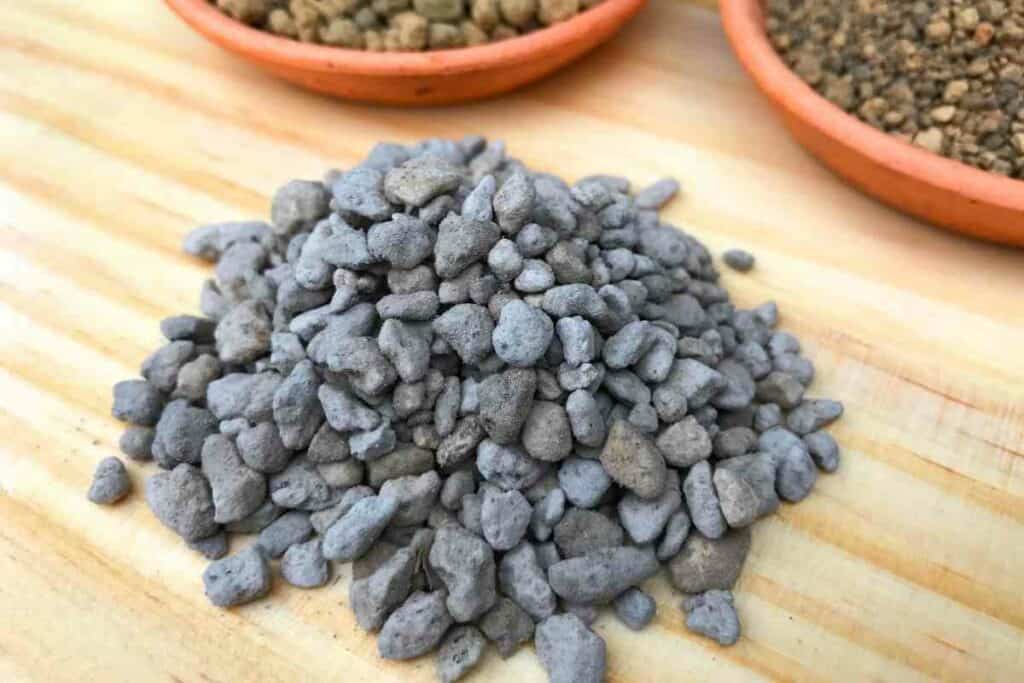
When used in a mixture, the quality of akadama soil is usually the highest because it has the most favorable features for the growth of succulents, comparatively.
Not only does it have excellent water retention power, but it is also porous and improves the overall drainage power of the soil.
Keep In Mind: The quality and properties of akadama soil have made it popular among succulent lovers all over the world. Succulents tend to thrive in this soil.
Is Akadama Soil Good for Growing Cactus and Succulents?
Akadama is one of the best soils for potting, especially for growing succulents and cactus.
It provides the perfect requirements these plants need to grow and thrive.
Unlike tropical plants, succulents and cactus do well in semi-arid environments and perish in damp environments.
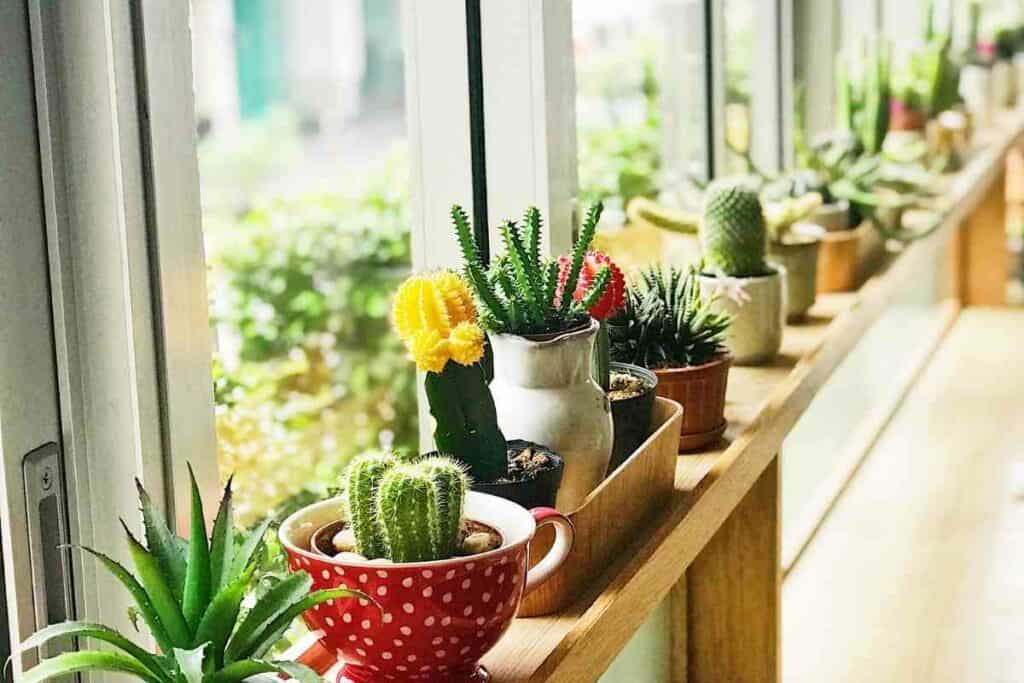
Akadama soil has a perfect combination of water retention and water drainage power that ensures that these plants have enough moisture without being clogged in excess water.
Furthermore, akadama soil makes it easy for the farmer to control the amount of water to feed the plants.
The soil changes color to a dark shade of brown when damp, indicating that there is enough moisture for the plants.
When the color of the soil reverses into a lighter shade, the farmer knows it is time to rewater the plants.
Moreover – The porosity of the soil promotes proper root development as it enables the roots to breathe under the soil. It also retains nutrients for the succulents to survive on and get nourished as they grow and develop.
Why Akadama Soil Is Preferred for Growing Bonsai Trees
Bonsai trees do well in soil that meets three primary criteria: sufficient aeration, good water retention power, and proper drainage.
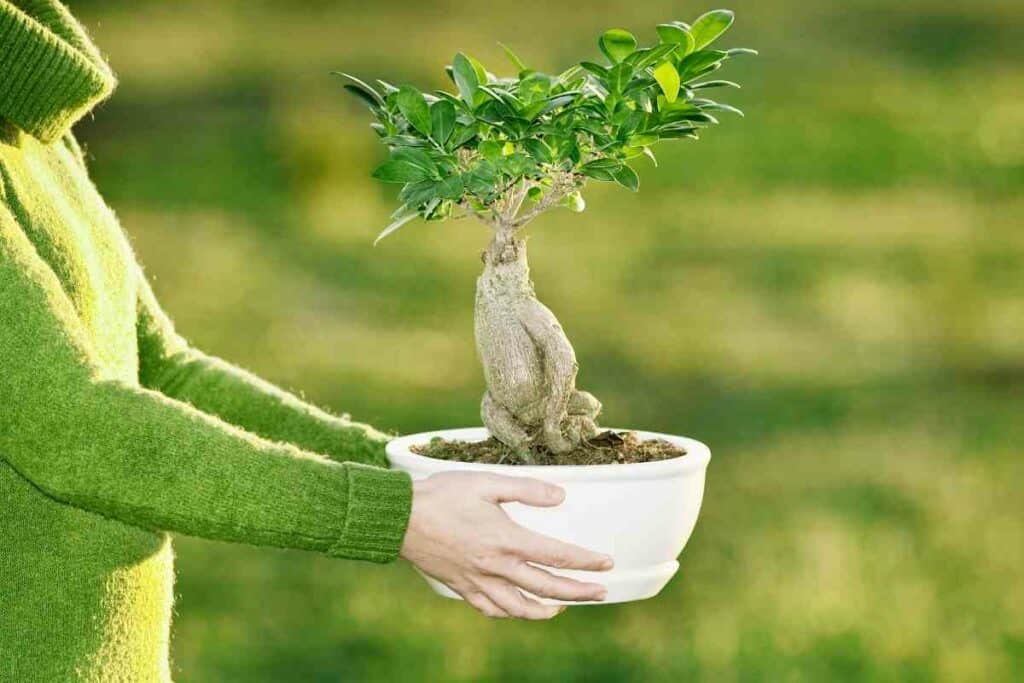
The soil should hold and retain enough moisture, but at the same time, must also drain excess water from the pot immediately.
Akadama soil meets all these criteria, making it perfect for growing bonsai trees.
Also, it is mixed with other elements like crushed lava, sand, and peat to further improve its quality and make it even more suitable for growing bonsai.
Akadama Soil Sizes
Akadama soil for plants typically comes in a range of sizes, including small, medium, and large granules.
The small granules are usually between 1-3mm in size, the medium granules are between 3-6mm in size, and the large granules are between 6-9mm in size.
The size of the granules you choose will depend on the type of plants you are growing and the size of their root systems.
What Are the Advantages of Akadama Soil?
It Is Perfect for Growing Bonsai Trees and Succulents
Akadama has properties that are perfect for growing succulents and bonsai trees.
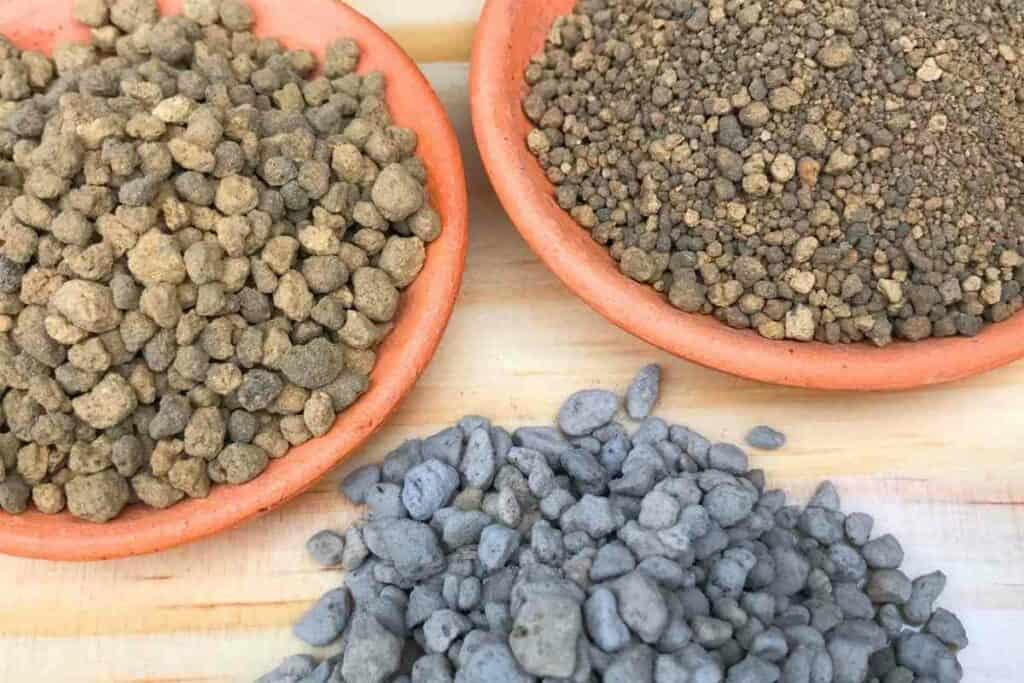
The soil has good drainage and is highly porous, allowing for adequate breathing space for the plants.
It is also lightweight and maintains nutrients in the soil. Moreover, it can be mixed with other soil components for increased quality.
Bonsai trees and succulents thrive in this soil.
Akadama Soil is Available for delivery
It Is Not Sticky
Mixing soil with akadama makes it ‘unsticky,’ as opposed to when you mix it with other soils.
This is because akadama is very porous. Thus, it does not retain excess water that would make it sticky.
You can take out a plant and shake off the akadama without experiencing problems.
It Helps Determine When You Need to Water Your Plants
Succulents are very sensitive to overwatering and can die off when exposed to more moisture than they require.
They should be watered only when the soil is dry. Using akadama soil makes it easy for you to determine the best time to water your plants.
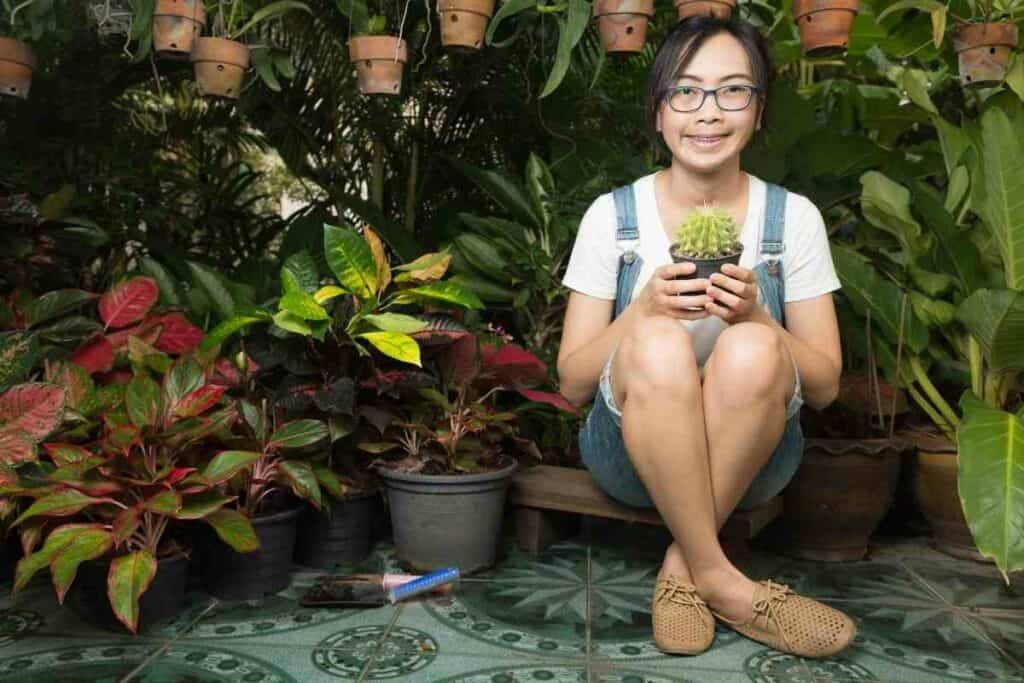
This is because akadama changes color when it is damp- the light brown darkens and stays that way until the soil dries up.
When the color reverts to the original shade, you can consider watering the plants again.
This way, you will avoid overwatering the plants. Succulents can survive underwatering but will rot away if kept in a damp environment for too long.
It Has Good Drainage Power
Using akadama reduces the risk of poor drainage.
As We Have Established – Succulents and cactus do well in soil that does not get damp too easily and also drains water sufficiently.
Mixing akadama with your soil improves the general drainage.
Akadama is highly porous and only retains minimal water while it gets rid of the excess.
It Supports Aeration
Aeration is essential to provide room for the succulents and bonsai trees to breathe.
When plants have access to enough air, it protects them from fungal and bacterial infections.
Adequate aeration also promotes healthy development and growth of roots.
What Are the Downsides of Akadama Soil?
Naturally, things that have pros come with downsides, which applies to akadama soil.
While this soil has more pros than cons, the disadvantages are as follows:
Its Quality Degrades After Two Years
When the quality of akadama soil degrades, it starts to break.
The breakage reduces aeration. This means that repotting would be necessary, which can be inconvenient and costly.
Another solution is to mix akadama with well-draining soil components to make it last longer.
It is Costly
Akadama soil is expensive, especially outside Japan.
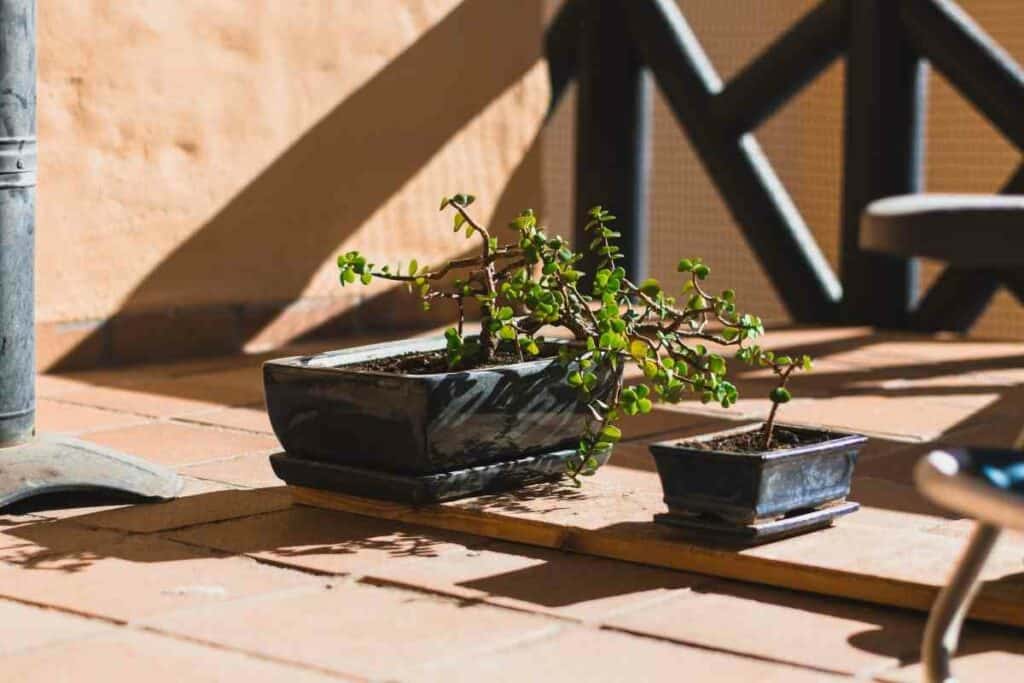
It is cheaper in Japan because that is where it originates from.
Since It Is Costly – People tend to substitute it with fired or baked clay. Other times, cat poop is used in its place.
While it is relatively more expensive than other soil components, akadama has total value for money.
It provides porosity, free drainage, and retains water and nutrients in the soil.
It Is Not Widely Available Outside Japan
Akadama soil originates from Japan, specifically around the Mt. Fuji area.
Since it is Japan-based, its availability is highest in Japan and not easily available in other countries.
Final Thoughts
Akadama is a type of soil formed through the volcanic action of the Japanese mountain, Fuji.
It is granular, light brown, and clay-like. Its properties make it perfect for growing potted plants such as bonsai, cactus, and succulents.
In Case You Missed It
- Best Japanese Knives Top Picks for Every Kitchen
- Japan’s Bold New Trend: Dressing Like a British Gentleman (or at Least Trying)
- 7 Best Japanese Sunscreen Products You Can Buy Online
- 5 Best Japanese Makeup Brushes for a Flawless Finish
- 7 Benefits Of Tatami Mats You Should Know
- The Best Furoshiki Wrapping Cloths: Inspiration, Ideas & Cloths You Can Buy


